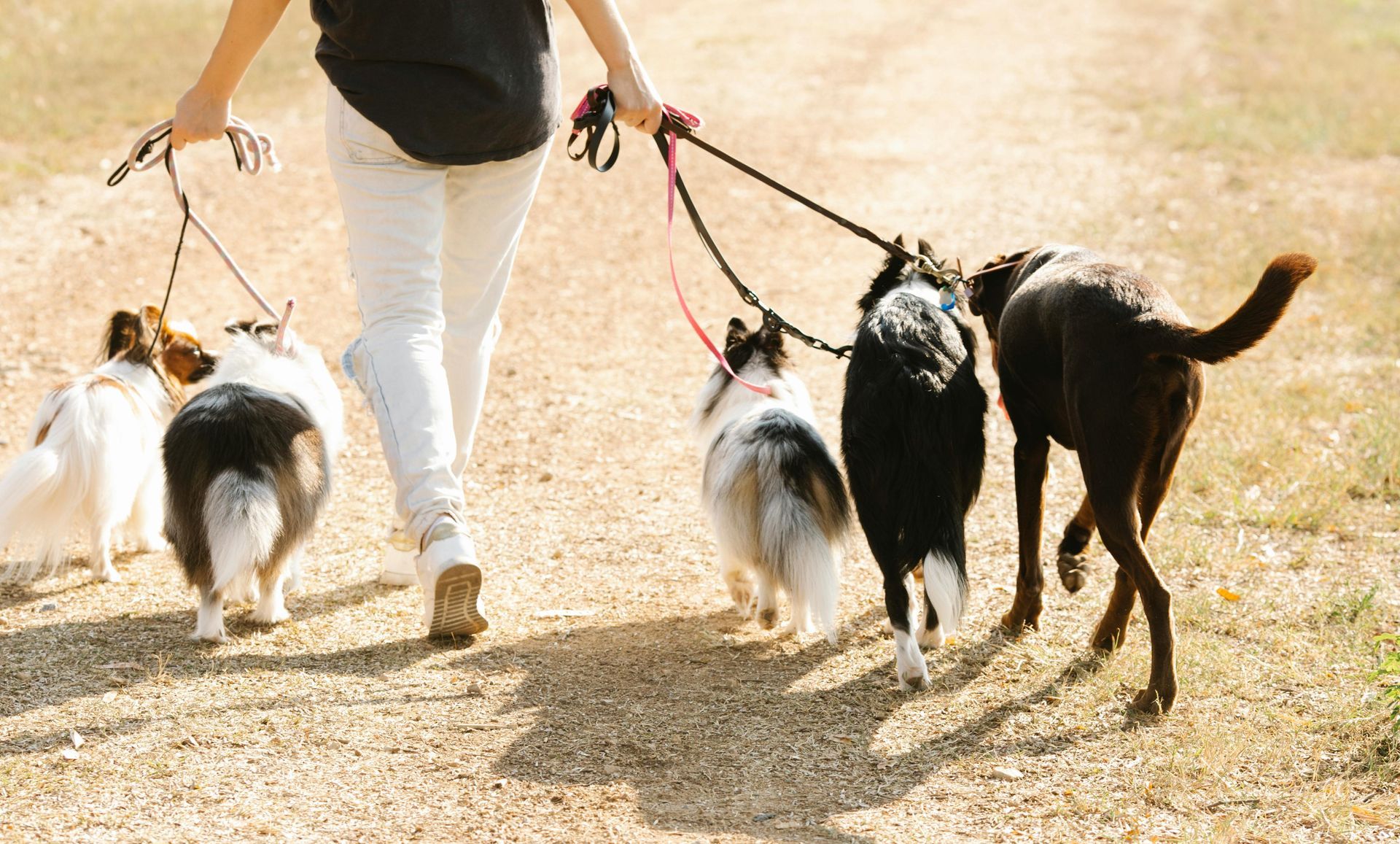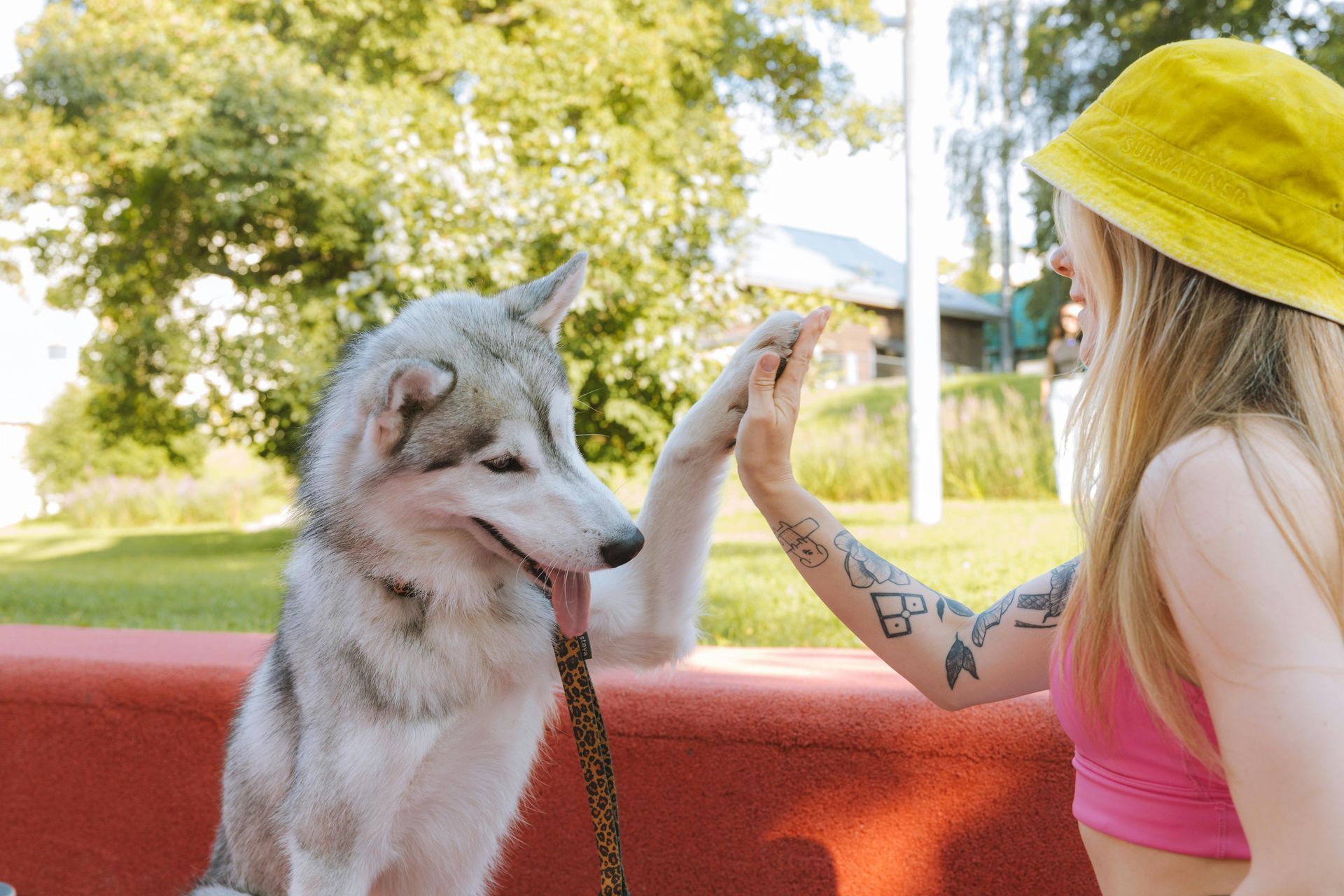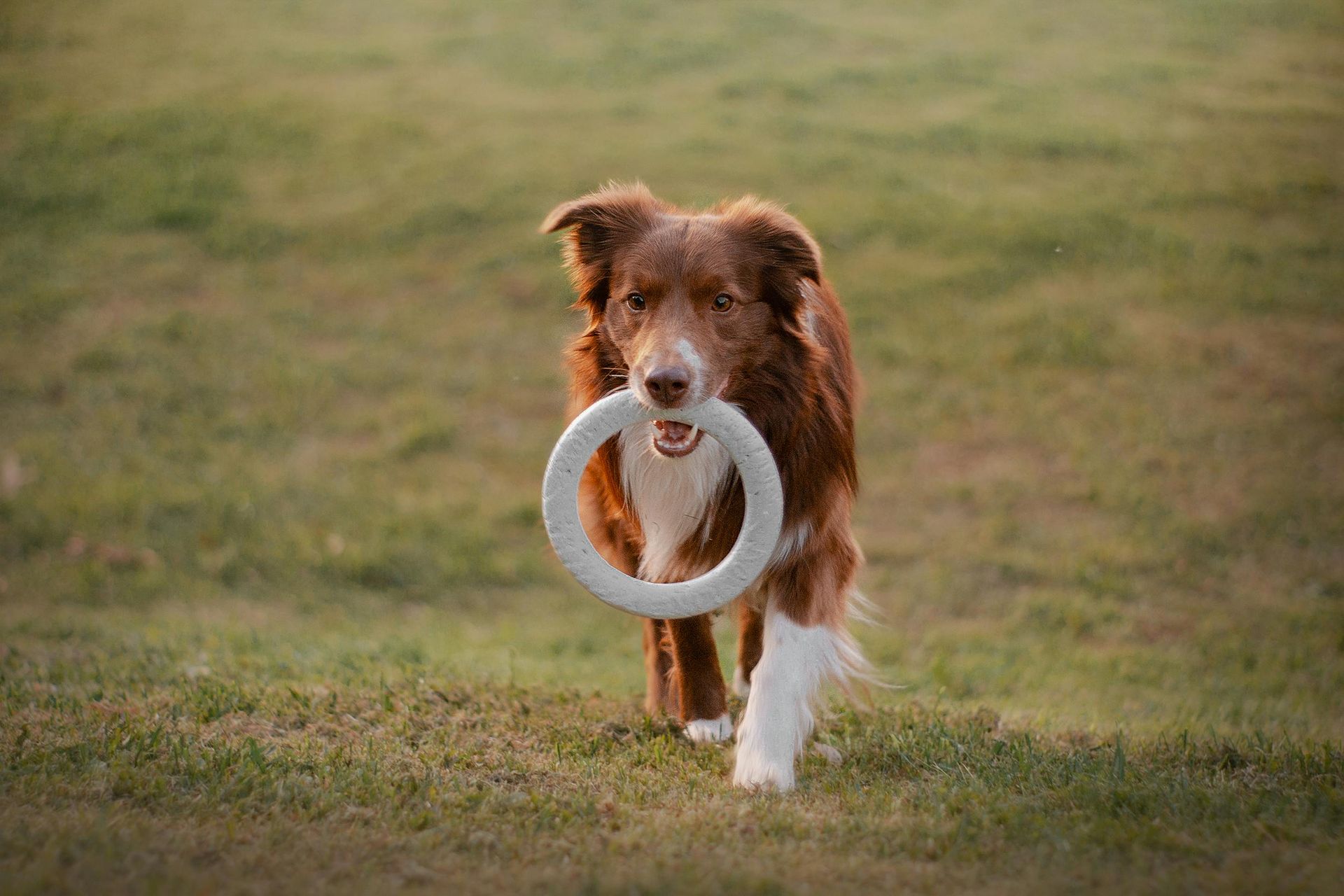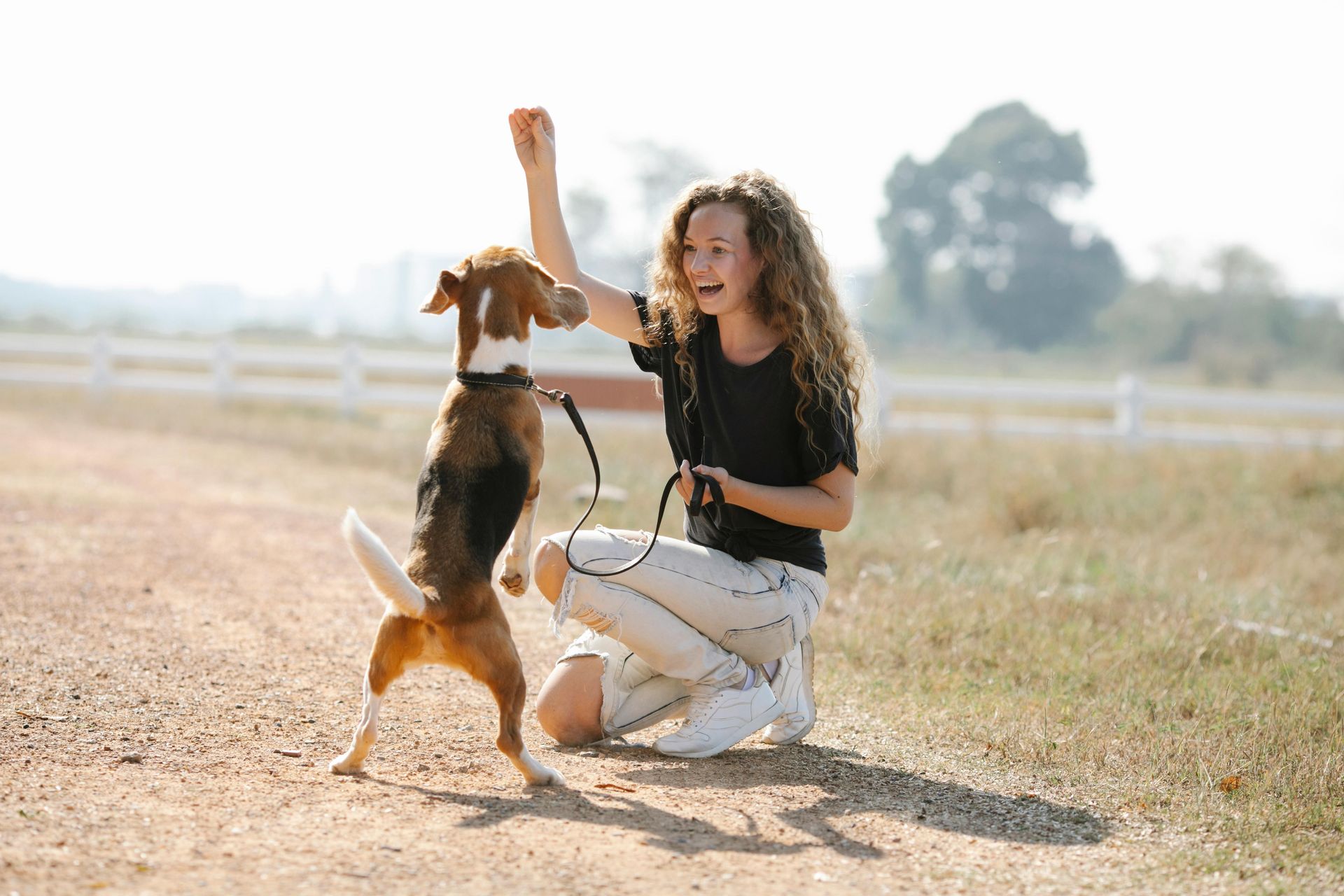How to Keep Your Dog Cool During the Summer
Summer is a great time for outdoor adventures with your dog, but it's crucial to be aware of the heat's dangers. Here are some effective ways to ensure your dog stays cool and comfortable during the warmer months.
Understanding the Risks of Heat for Dogs
- Paw Pad Burns: Hot surfaces can be surprisingly dangerous. Asphalt and concrete can burn your dog’s paws, causing pain and potential long-term damage. Test the pavement with your hand—if it’s too hot for you, it’s too hot for your dog. Consider protective footwear for your dog or stick to grassy paths.
- Dehydration: A hydrated dog is a happy dog. Symptoms of dehydration include a dry nose, fatigue, and dry gums. Ensure your dog has continuous access to fresh water to avoid these problems.
- Heat Exhaustion: Dogs are prone to heat exhaustion, especially breeds with thick coats or those carrying extra weight. Signs include excessive panting, drooling, and a rapid heartbeat. Take immediate action if you notice these symptoms.
Proactive Measures to Beat the Heat
- Cooling Beds and Pads: Invest in cooling mats or beds that help pull heat away from your dog’s body. These are particularly useful after a walk or playtime.
- Refreshing Dog Pools: A shallow pool can provide a fun and effective way to cool down. Ensure the water remains cool by changing it frequently and keep the pool in a shaded area.
- Appropriate Hydration: When outdoors, bring along a portable water bottle or bowl specifically designed for dogs to encourage regular drinking.
- Smart Scheduling: Plan walks during the cooler parts of the day. Early morning or late evening is ideal to avoid the intense midday heat. Choose shaded routes or areas with natural grass which tend to be cooler than concrete or asphalt.
Best Practices for Grooming and Breed Considerations
- Regular Grooming: Keeping your dog’s coat well-groomed is essential. A well-maintained coat can provide better circulation and temperature regulation. However, never shave your dog down to the skin, as this can expose them to sunburn.
- Breed-Specific Considerations: Some breeds are more tolerant of heat than others, but all dogs can suffer from overheating. Breeds like Chihuahuas, Dalmatians, and Basenjis, which originated in hotter climates, typically fare better but still require protection and constant monitoring.
Additional Tips for Dog Care in Summer
- Cool Treats: Just like humans enjoy ice cream, dogs can relish frozen treats. Offer your dog ice cubes or make homemade frozen treats using suitable, dog-safe ingredients to help them cool down.
- Indoor Enrichment: On extremely hot days, keep your dog entertained indoors with puzzle toys or training games to avoid the risks of overheating.
- Monitoring and Adjustment: Always keep an eye on your dog's behavior and body temperature during the summer. Adjust your routines and activities based on the day’s heat and humidity levels to ensure your dog’s safety.
Emergency Preparedness
Prepare for summer emergencies like heatwaves or sudden weather changes. Know the signs of heatstroke and have a plan for quick action, which might include having contact information for your vet readily available and knowing the quickest route to the nearest animal hospital.
Summer is a fantastic time to build memories with your pets. By taking the right precautions and using these tips, you can ensure that your dog enjoys the summer safely and comfortably. Remember, proactive planning and vigilance are key to preventing heat-related issues, allowing you and your furry friend to enjoy all the fun that summer has to offer.








